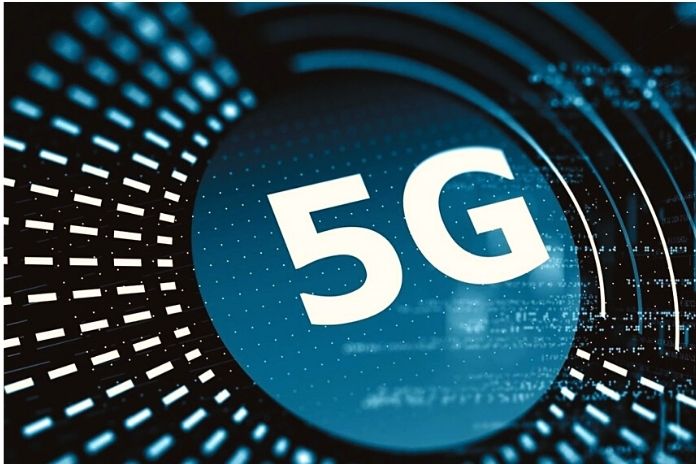The technology roadmap of the year is based on the impacts and opportunities opened up by the Coronavirus emergency. But the problem will be taking action. After the coronavirus, what are the new supply chain trends that can positively impact people, businesses, and industries? At least eight trends will be particularly relevant this year, thanks also to the level of maturity reached in recent months by the technologies that enable them. The problem is to implement them.
Most organizations have a rather cautious approach in adopting applications and technologies for the supply chain. Only 21% consider and sometimes adopt technologies when they are in the early stages of development. However, even the most prudent of supply chain managers must understand that we live in an age in which, at least in the long term, we must embrace perpetual change”.
Hyper-Automation:
Using a heterogeneous set of technologies that allow enriching old platforms with new, more efficient tools—the term changes according to the company to which it is addressed. Still, if carried out correctly, hyper-automation allows to enhance collaboration between companies and overcome the separation of functions.
Digital Supply Chain Twin:
Creating a virtual supply chain with digital technology. The “double” is a powerful tool for analyzing and making decisions on the functioning of supplier chains, acquiring an ever greater awareness of their functioning and the possible changes that can be made.
Continuous Intelligence:
That represents one of the greatest opportunities for companies. It allows you to use automatic data analysis systems in real-time and get real-time answers on what is happening within the supplier chain. An example stores that can create tailor-made offers on customers by playing with information from suppliers and warehouses and just-in-time product customization systems.
No Project Within Industry Does Not Also Have CyberSecurity:
It is objective, and therefore, the fact that there is Supply Chain governance and security as a fourth trend is a confirmation rather than a surprise: analyze the risks and understand which ones dangers have been exposed, both with the individual vulnerabilities of the supplier network and in the broader geopolitical context. Privacy, security, but also solutions for track-and-trace, smart packaging, RFID, and NFC.
Also Read:Do More With Less – Cybersecurity In 2021
The Growth Of Edge Computing:
Leads to using this type of technology and exploiting them using suitable analytical software tools. It is the fifth trend, with excellence in automation (driverless forklifts in warehouses, drones for travel, and so on).
Artificial Intelligence:
Which allows you to manage the technological options of companies in a more sophisticated way. We move from tools to better understand the context in which data is collected to simplify operators’ work, making interaction with systems and information more natural, for example, in warehouses or logistics.
5G Networks Are The Next Big Step In Technology:
The increase in quantity and latency and data rates are about to change many things. One of these is the supplier chain, which will receive a strong boost from 5G technologies. Virtual reality and augmented reality or a mix of the two. The potential is to influence the trajectory in supply chain management by introducing work models capable of amplifying human capabilities. From onboarding new workers through accelerated courses in virtual reality to future experiences for the simulation of a crisis or change of procedures, immersive experiences will play an important role starting from 2021.
Also Read: 5G As A Driver For The Internet of Things

